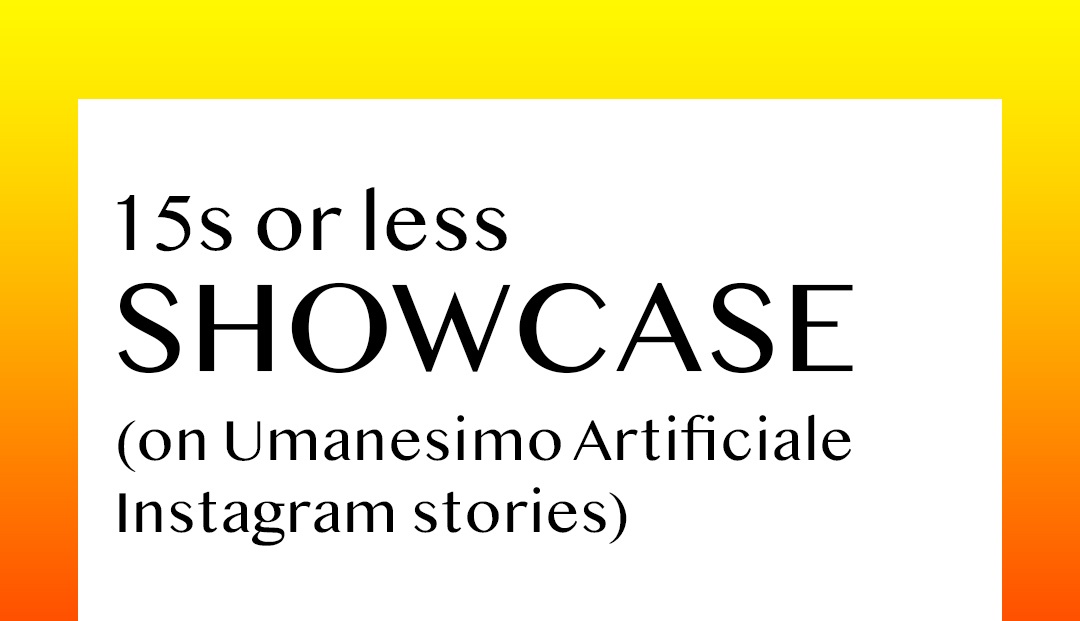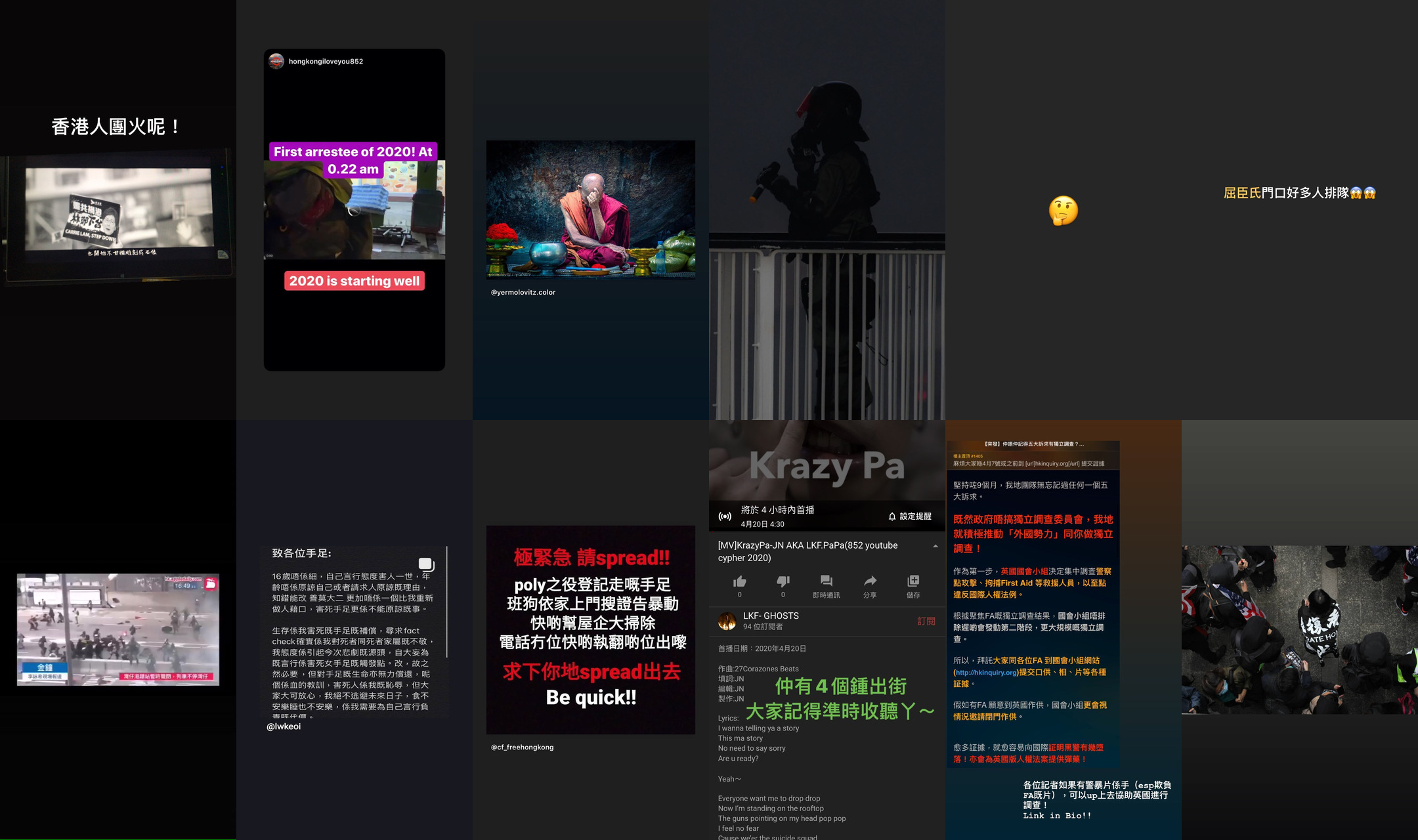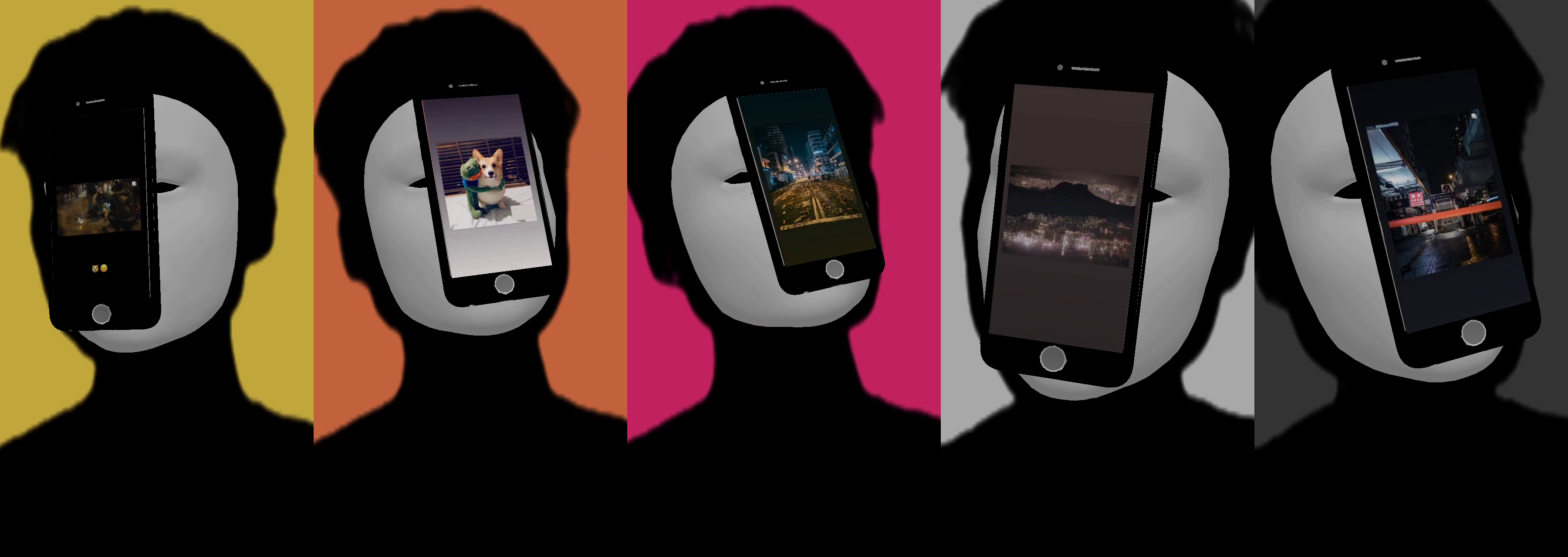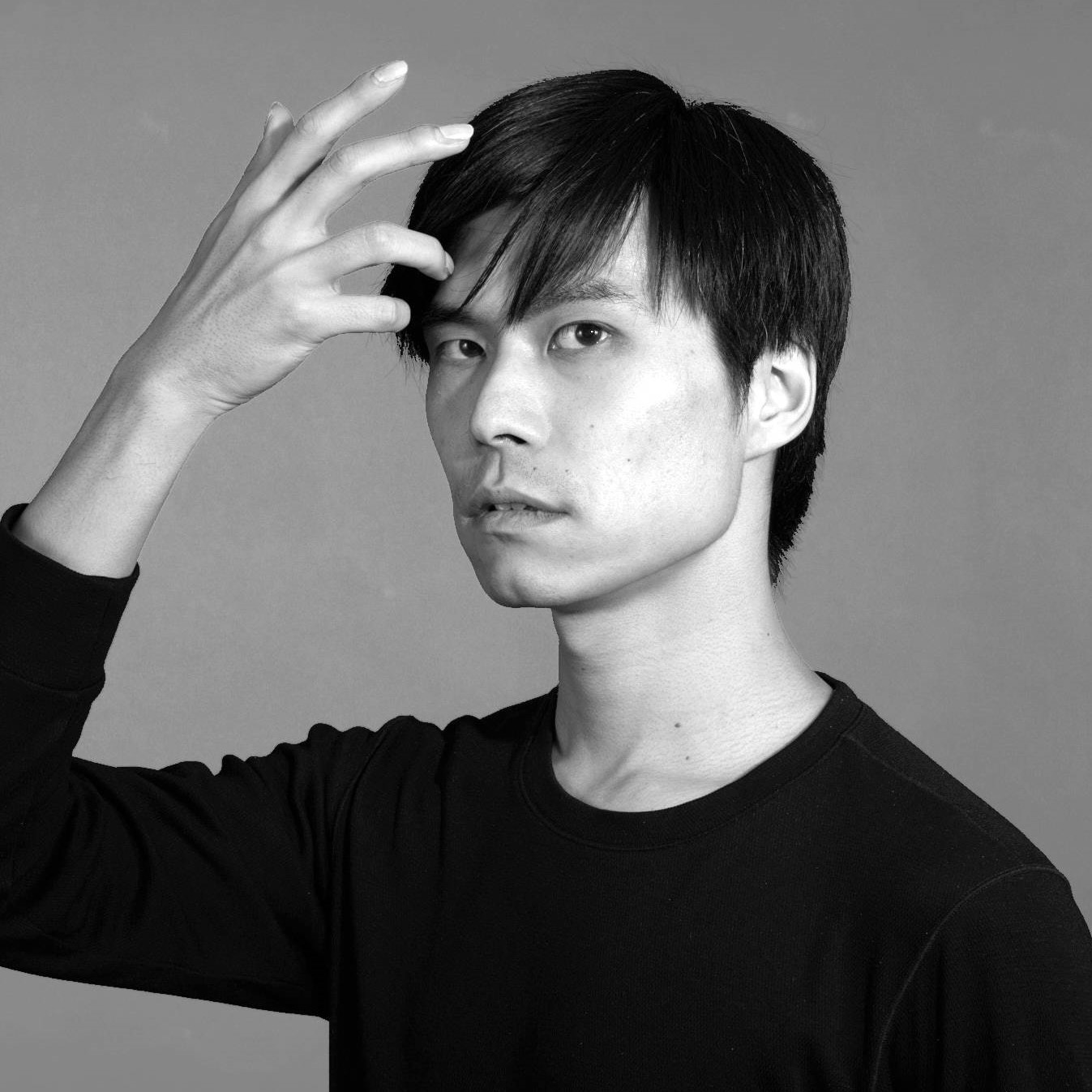15s or less Showcase - Stories from HK

I was invited to “15s or less Showcase” by Umanesimo Artificiale to curate digital art works to be exhibited on their Instagram stories. After considering a few directions, I decided to focus on protests in Hong Kong by creating a new work and curating works that are related to the digital culture in Hong Kong (but not limited to the protest).
I have been using instagram-scraper to collect images from Instagram feed and Stories. Every day, first, a “bot” I created searches for Instagram accounts posting images with #hongkongprotest hashtag during that day, and then it collects Instagram Stories posted by those Instagram accounts. Instagram Stories are images and short video clips (maximum 15 seconds, which is used as the title of this festival) that will be deleted after a day (which is a feature copied from Snapchat). Although you can search Stories by a hashtag, I found that there are not many Stories that are tagged with #hongkongprotest. Therefore, I decided to first search for users posting with #hongkongprotest on their Instagram feed and then look for their Stories. As a positive side effect, I could see rather personal posts of the protesters not only their opinions on the Hong Kong government.
I collected images from December 2019, and I made a rudimentary Python program to sort images by colors. Low saturation images are sorted by their brightness, and images with higher saturation are sorted by their hue value. Here is an example of images that are “classified” to have a low-saturation, dark color:
 Images with dark color
Images with dark color
Based on these images, I created an Instagram filter using Spark AR because Instagram filters can be used exclusively for posting Instagram Stories. However, this filter was immediately rejected when it was submitted for a review because it contains too many texts and an image of photorealistic people, which violates Spark AR review policy. At first, I tried blurring the image, which did not change the result, so I hand-picked images that does not contain (obvious) people or texts:
 Images that were accepted
Images that were accepted
These images finally got approved. As a result, the outcome is heavily biased by the review policy of Facebook; from this experience, I would be cautious about calling an Instagram filter as an artwork since the output depends on the platform’s policy (and I would take down the filter if anyone does not want their content to be on the filter). Nevertheless, as I do not own rights of these images, the filter might be retracted once Facebook knows that the copyright infringement. It was difficult to justify whether I should use people’s Instagram Stories because these images are meant to “evaporate” after a day, so people do not expect to see it online again. But indeed this nature makes the content more alive (and no digital content is temporary once its uploaded online).
The resulting “harmless” filter shows a 3D model of an iPhone attached to the face, displaying these Stories. Tapping the screen triggers switches the content displayed on the phone as well as the background color:
 Instagram filter
Instagram filter
Although I kept anonymity of the user as a concept in the filter, I did not want to follow the typical icons such as a yellow helmet and a black mask. This is due to the fact that I do not represent Hong Kong - even though I support their movements, I spent only a month there and indeed I would like to show my perspective regarding the people. Therefore, I curated works that are not only artworks but also activists and initiatives such as HKmap.live, which shows user-contributed live information about police and protestors, and Chilli Lucas, who interprets several live-streams from Cantonese to English. I was checking these websites and live-streams often while I was in Hong Kong and even after I left, and I was fascinated by how the digital culture is embedded in their movements. The curation extends to digital works that are not related to the protest: Generative King of Kowloon by hardmaru, who is known for creative implementations of machine learning such as sketch-rnn. Sketch-rnn is an algorithm to predict and to generate doodles while you draw. There is a variation of sketch-rnn that generates Chinese characters, and the work lays out generative characters following a style of graffiti done by “King of Kowloon.” Asagi’s “Japanese TV Privacy” is an Instagram filter inspired by how Japanese TV programs anonymize interviewees. This was used in an actual interview by a shopping mall in Hong Kong, and I chose the work to show how social media is blending into mass media in their culture. Finally, “Umbrella” is a Processing sketch by Wendy Chu, inspired by the Umbrella Movement, which took place in Hong Kong back in 2014. Wendy teaches at the dance department of Hong Kong Academy for Performing Arts, and she had been so generous, treating us like a family, during our residency at the academy. I would like to acknowledge that not only the people in the frontline of a demonstration are supporting the democracy. There are people who are helping through different mediums, and I also wanted to raise awareness through a very personal and honest view, thanks to the opportunity given by Umanesimo Artificiale. While Hong Kong is facing a more and more difficult situation (and other countries too), I would like to express gratitude for the hospitality of Hong Kong people and I wish more people become aware of them.
(edited June 13, 2020) Umanesimo Artificiale wrote a great wrap-up article on Medium here.
